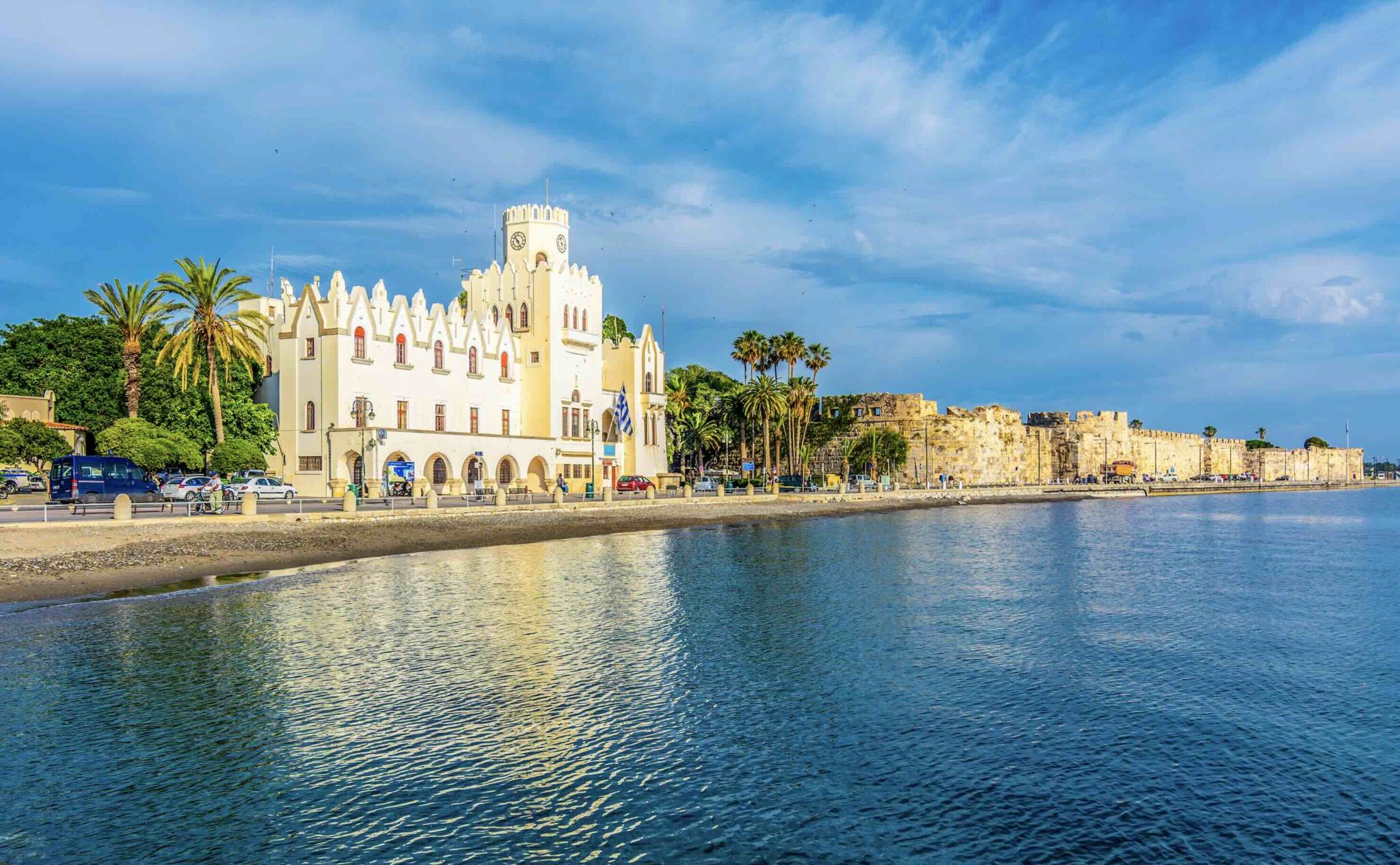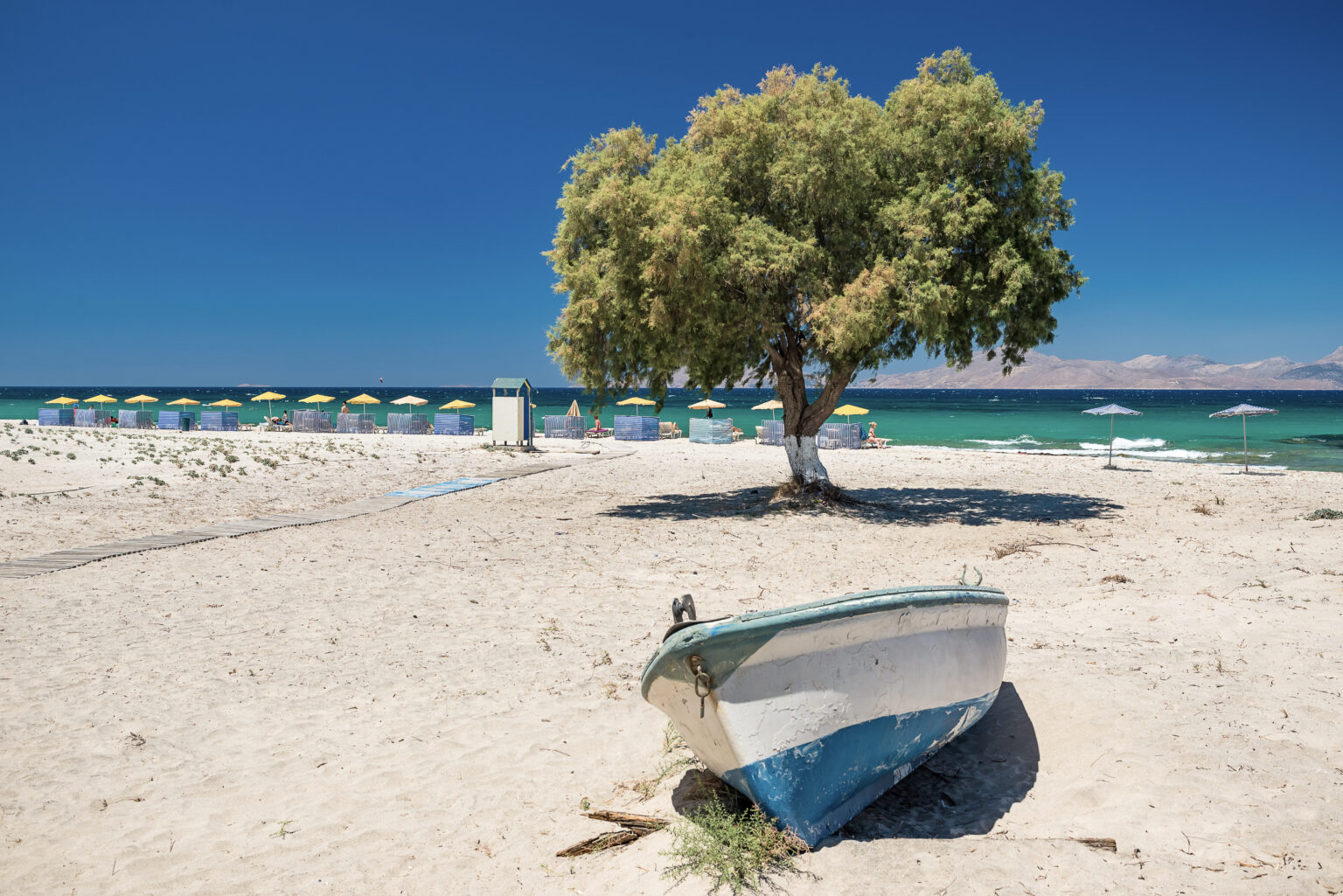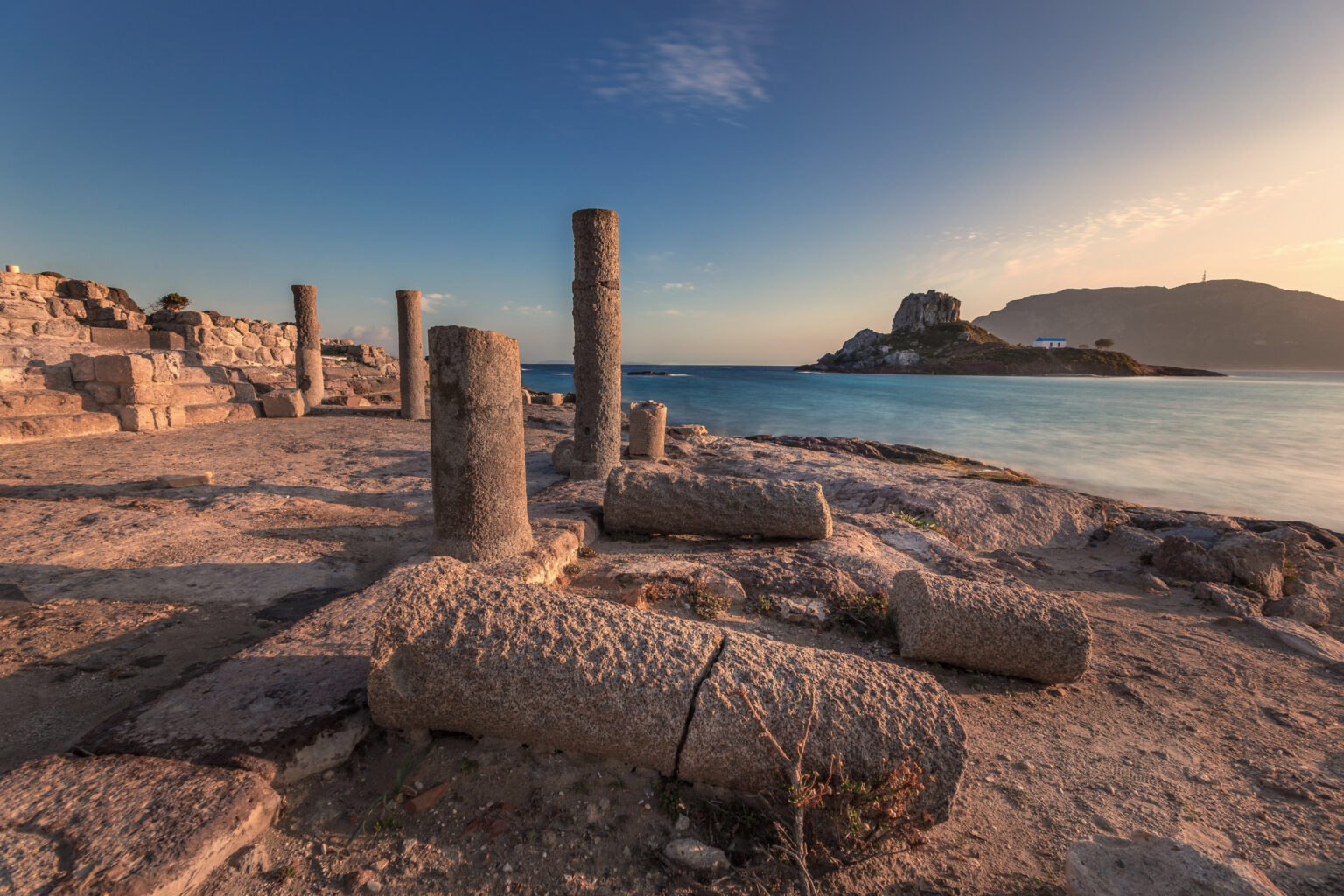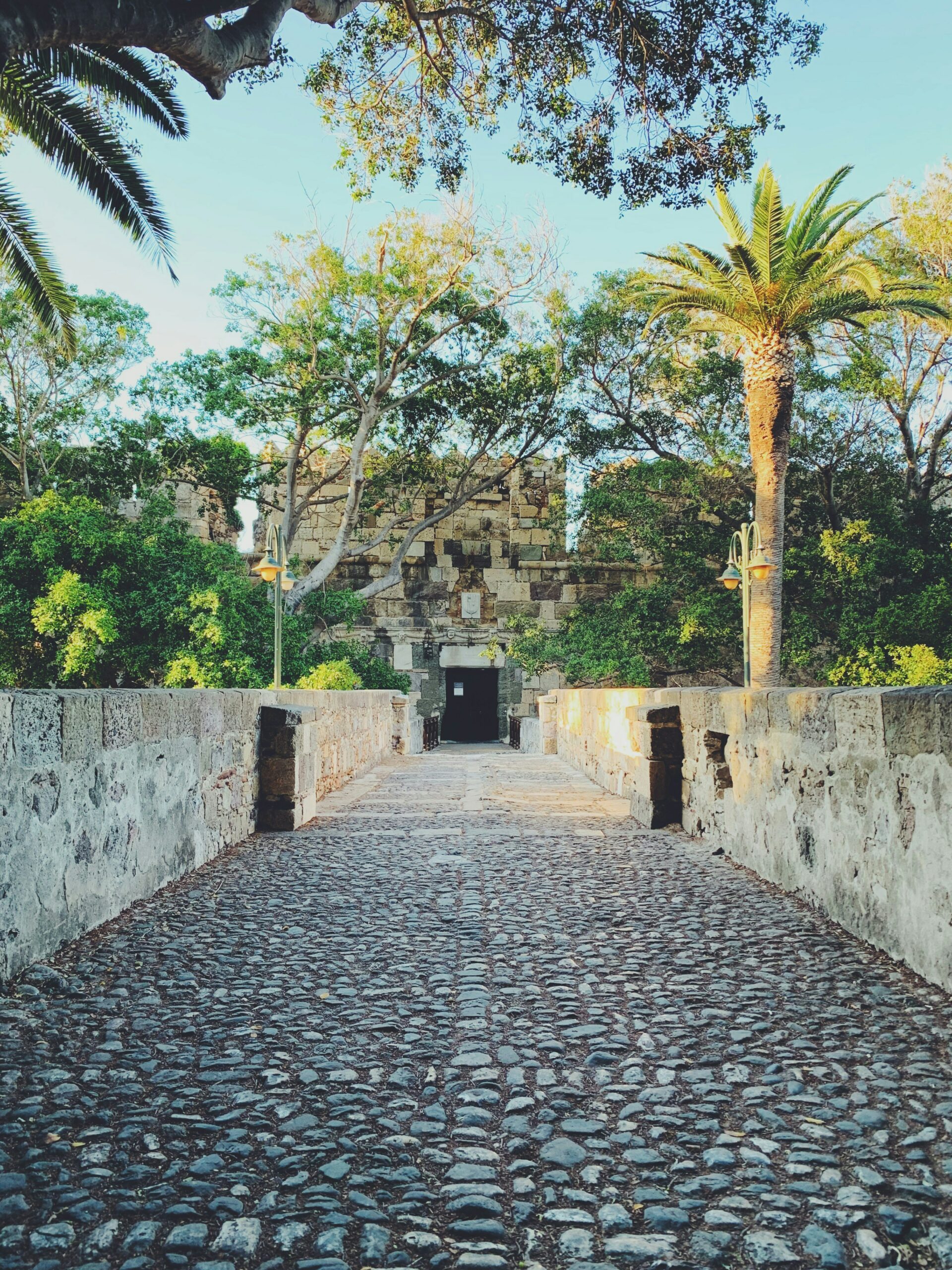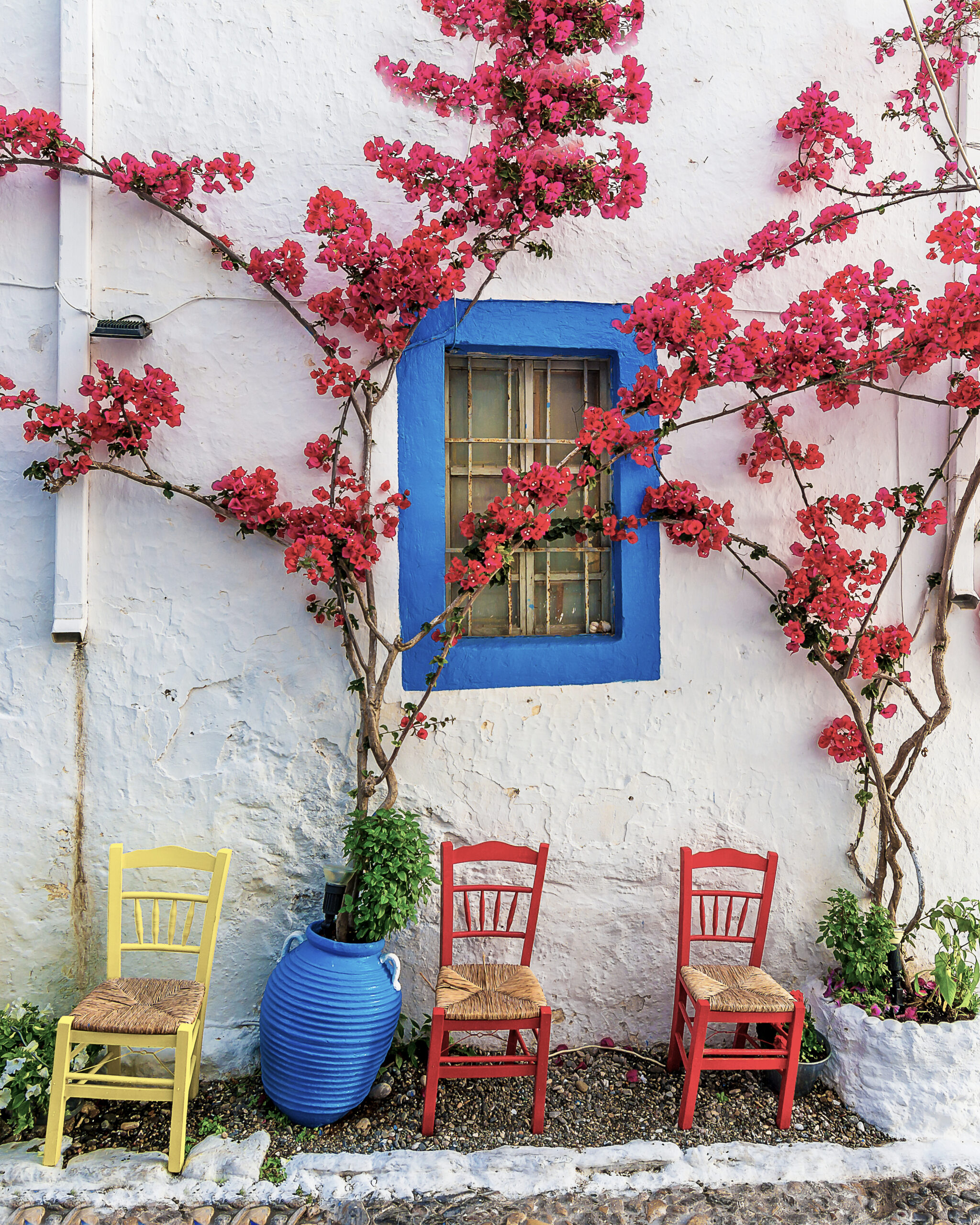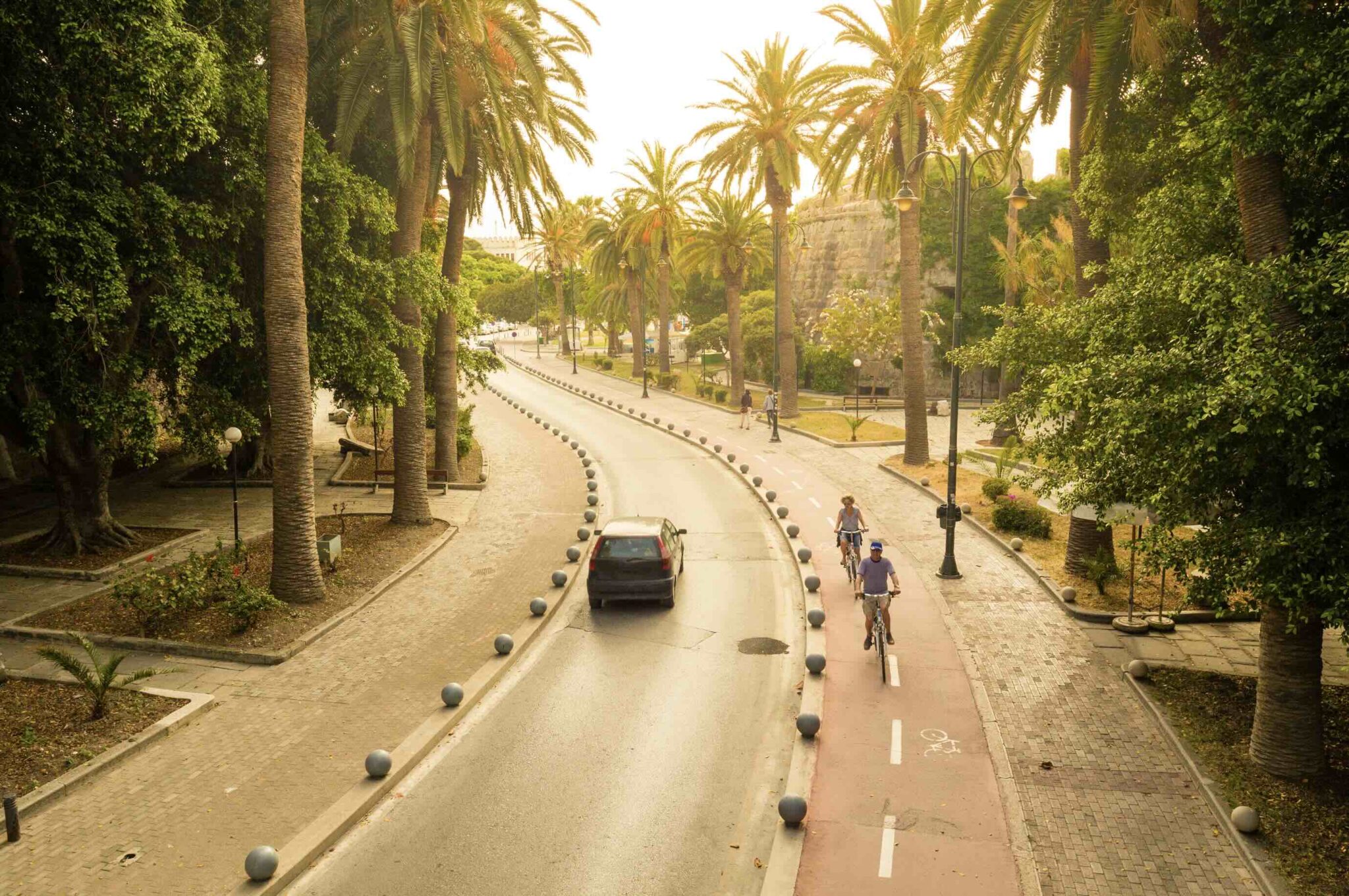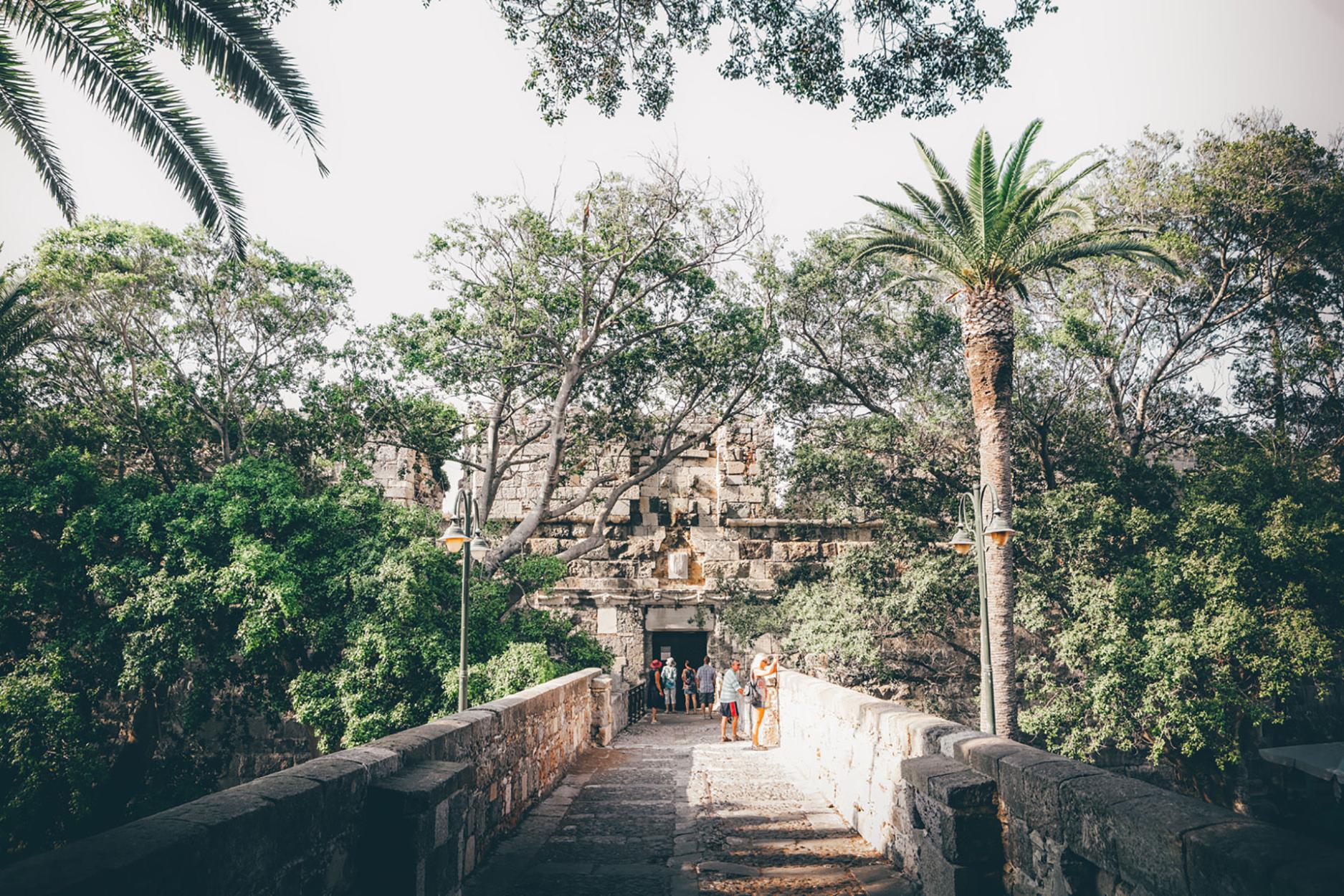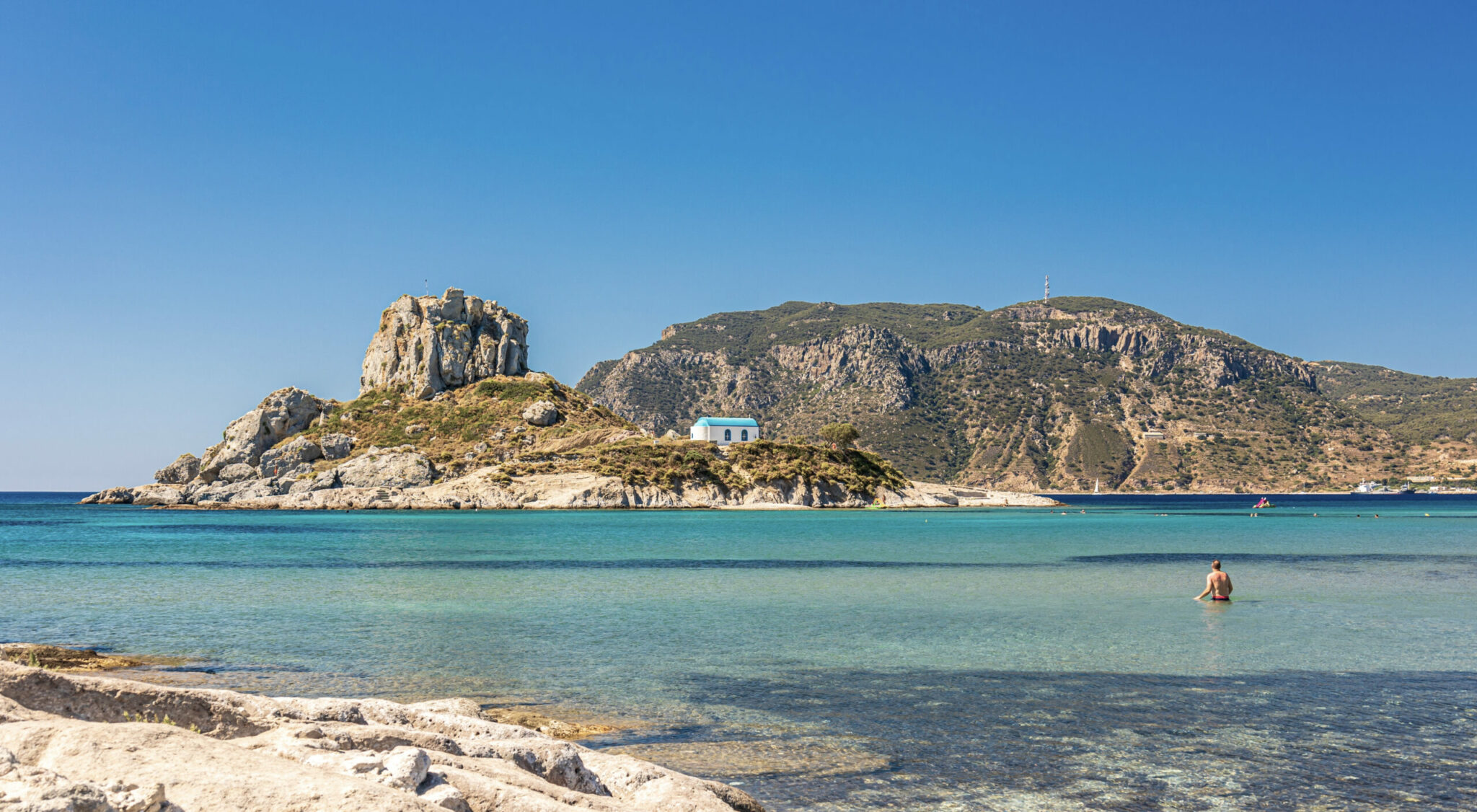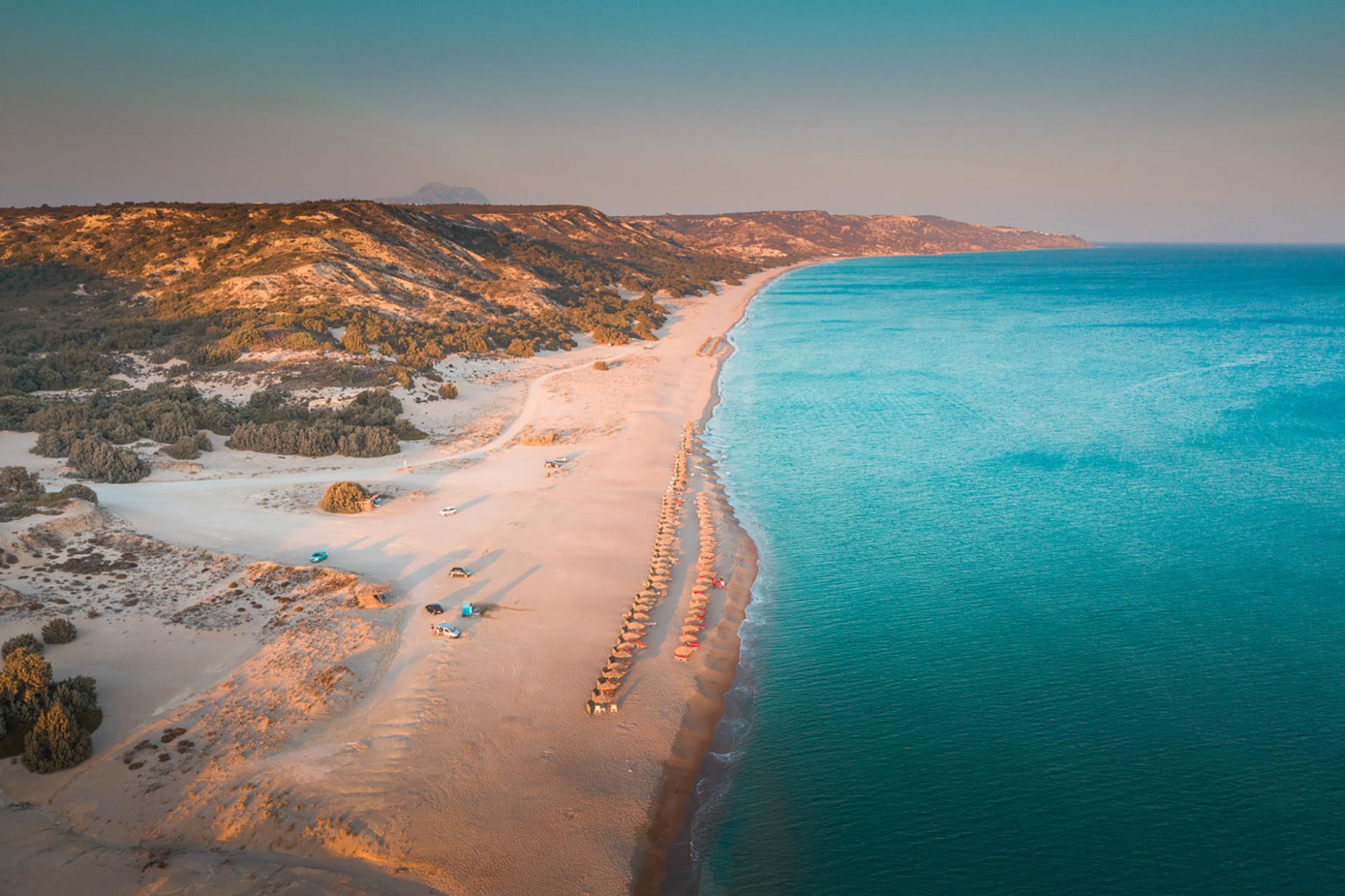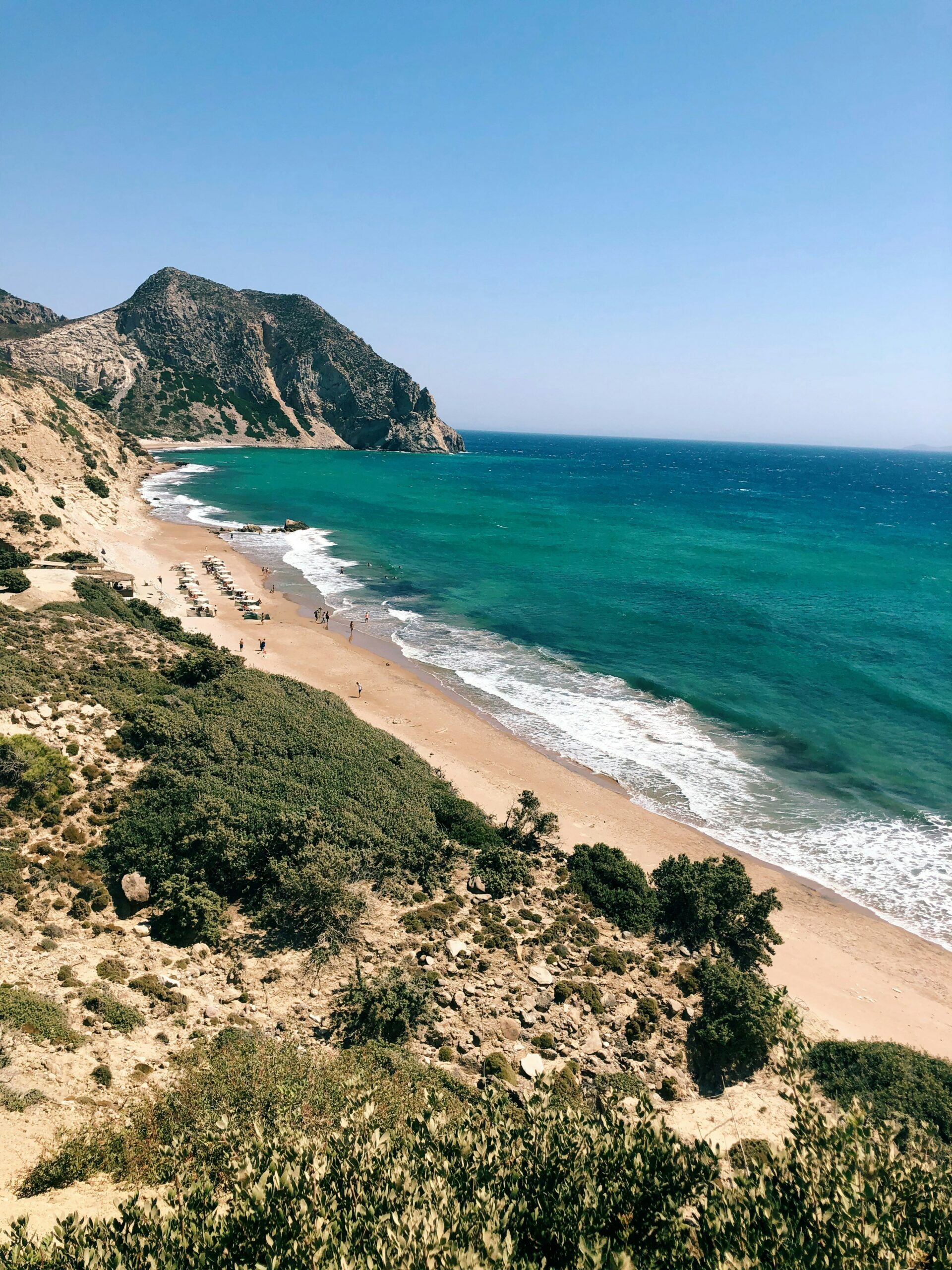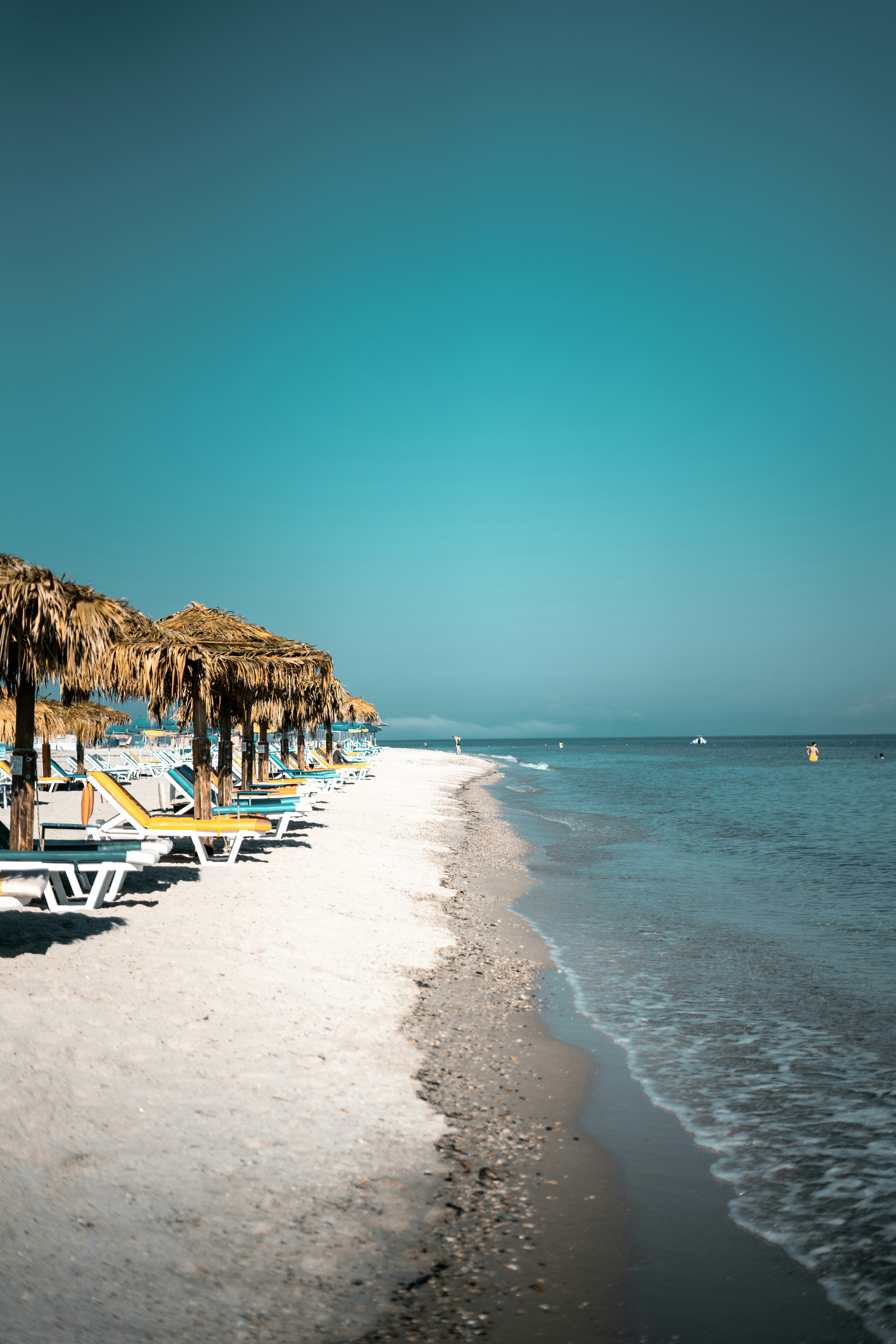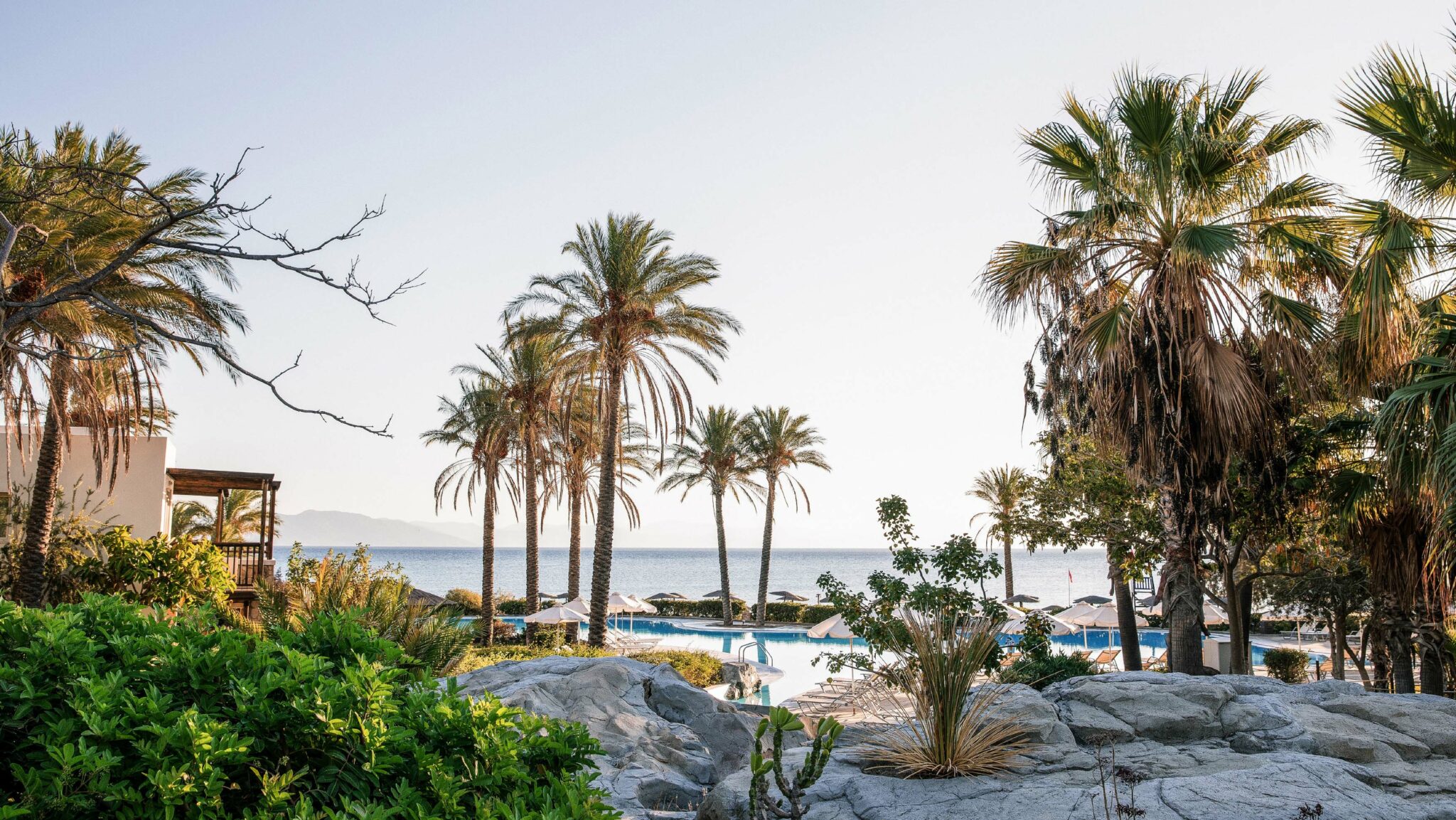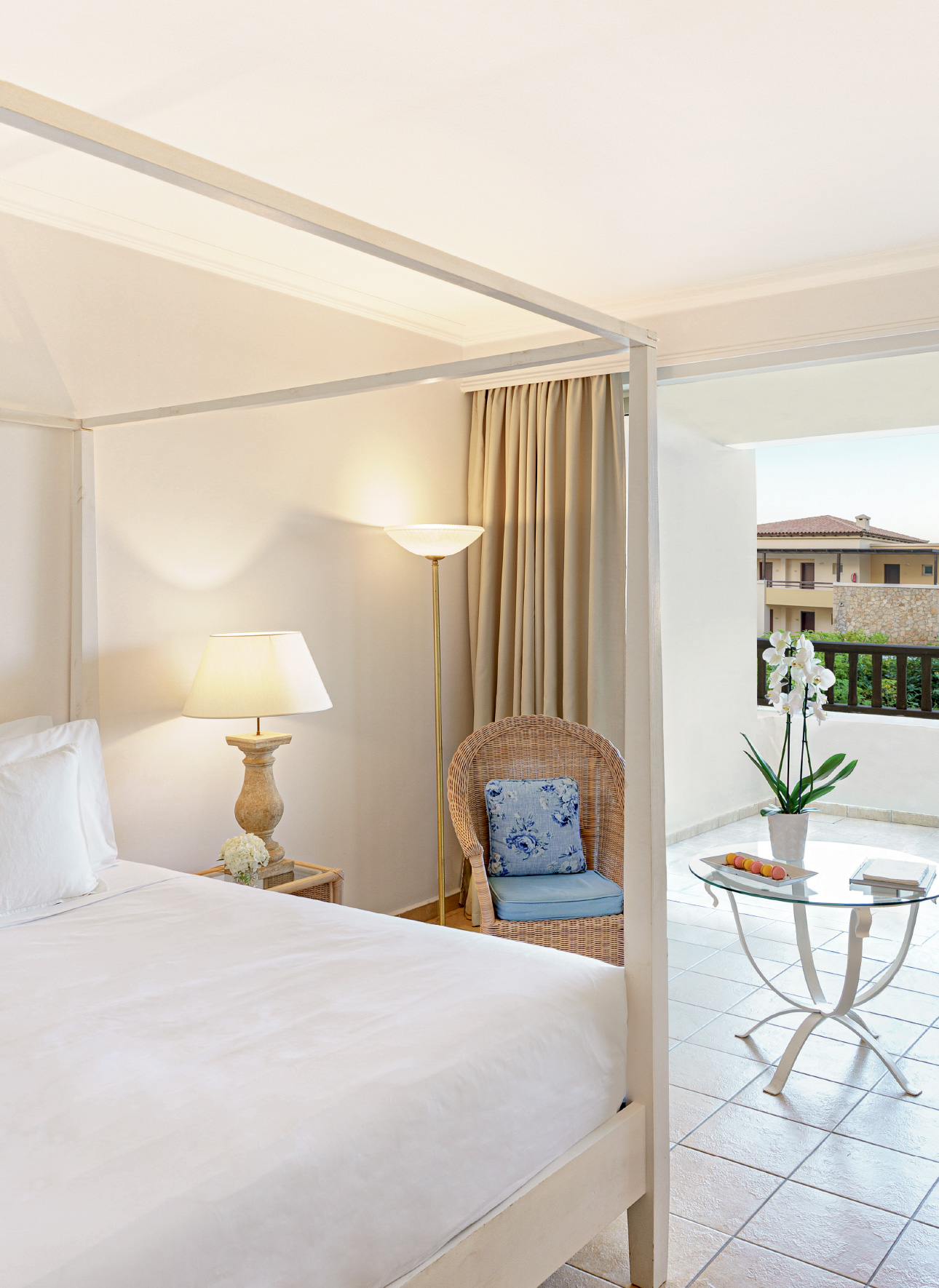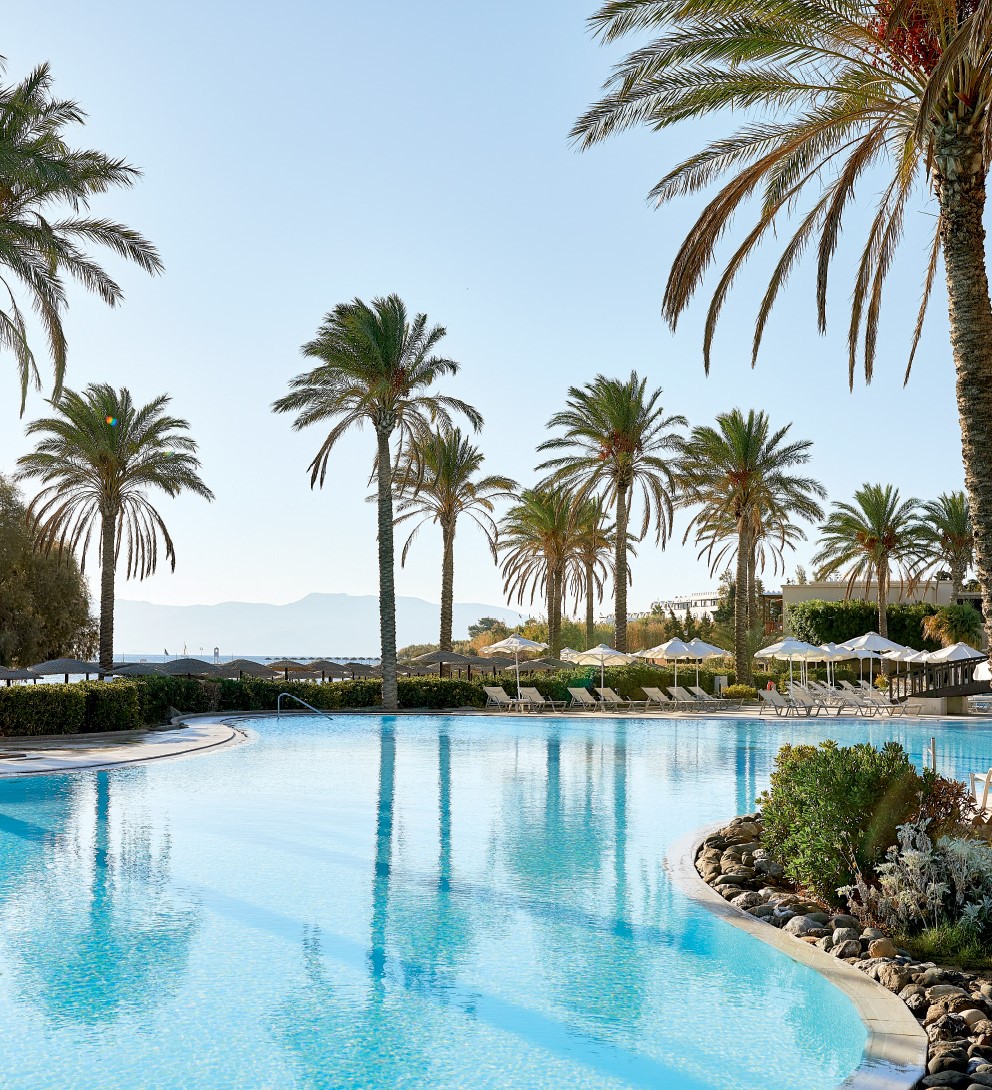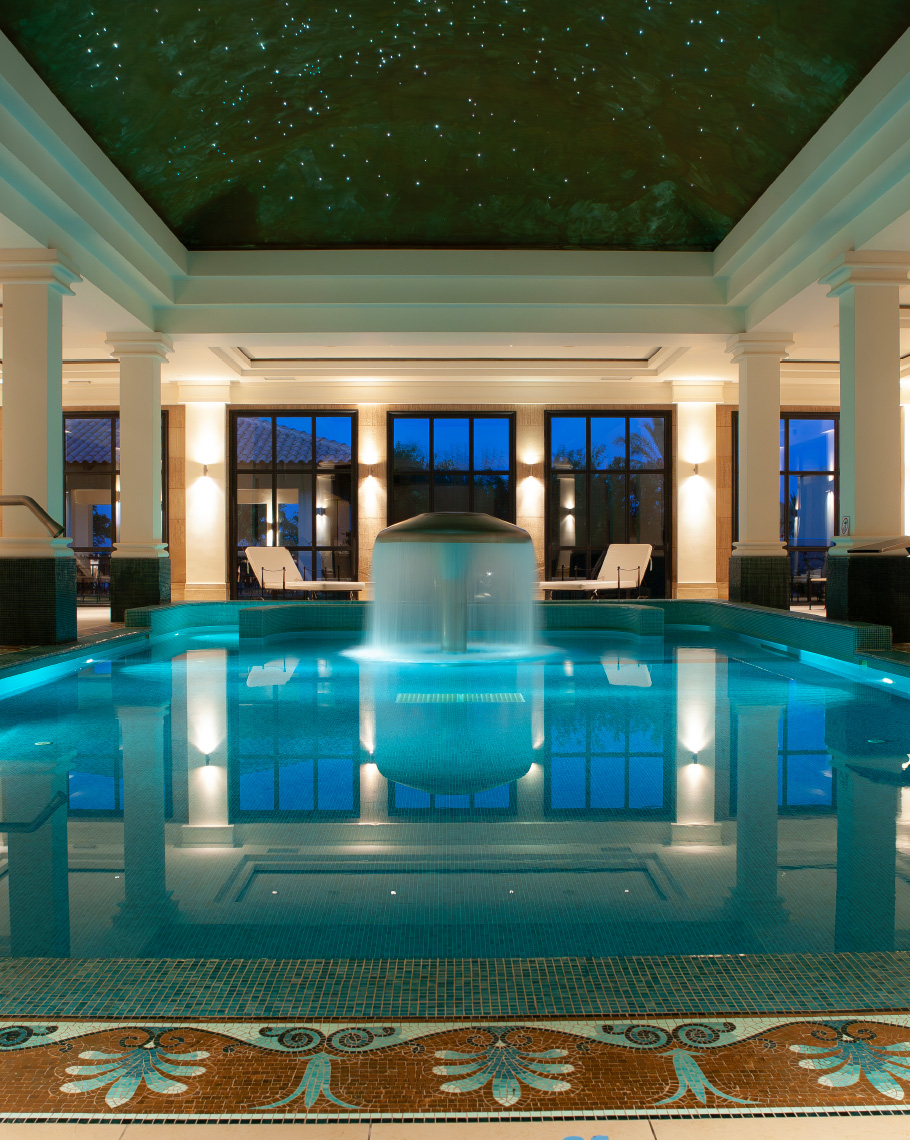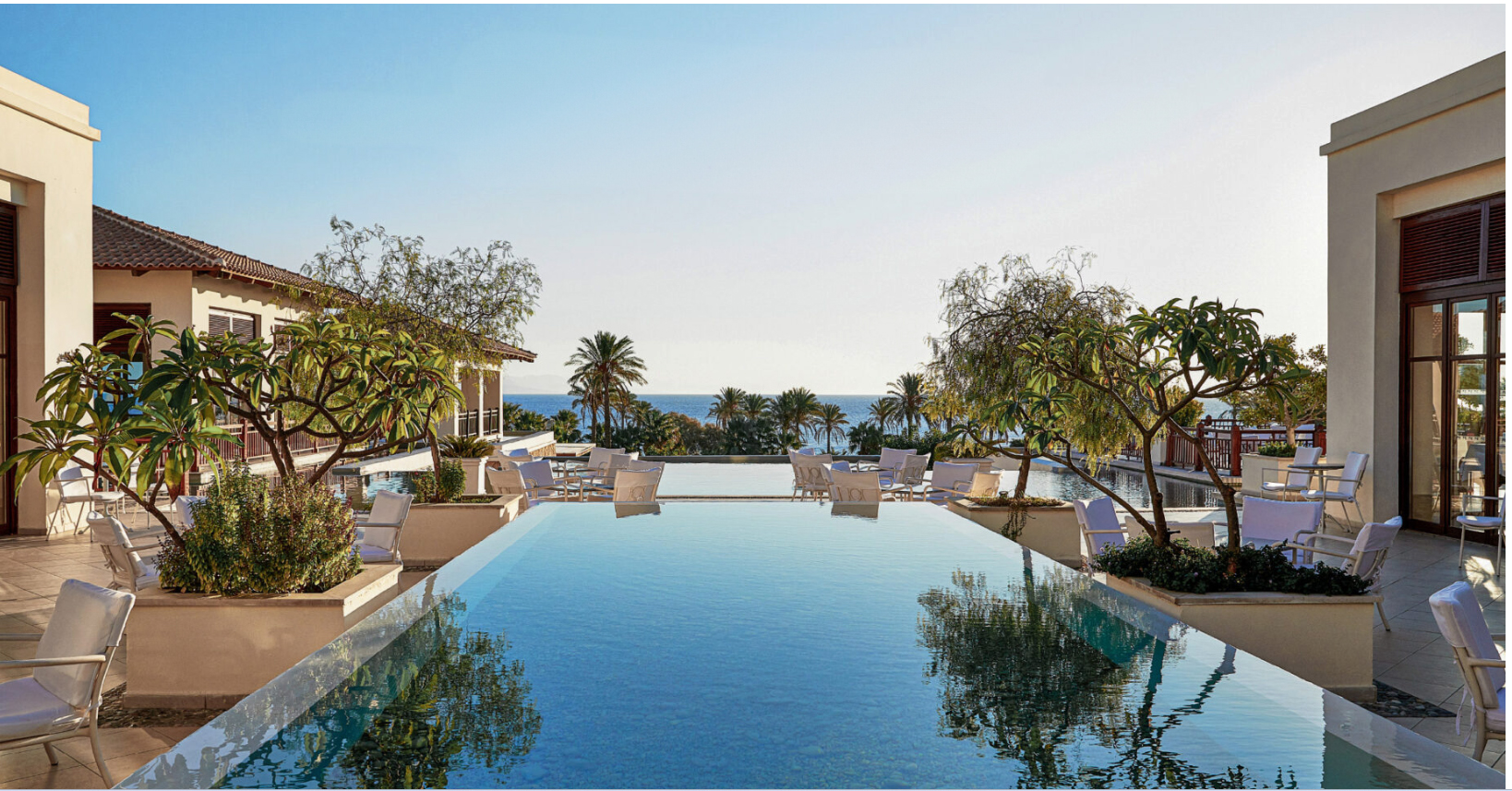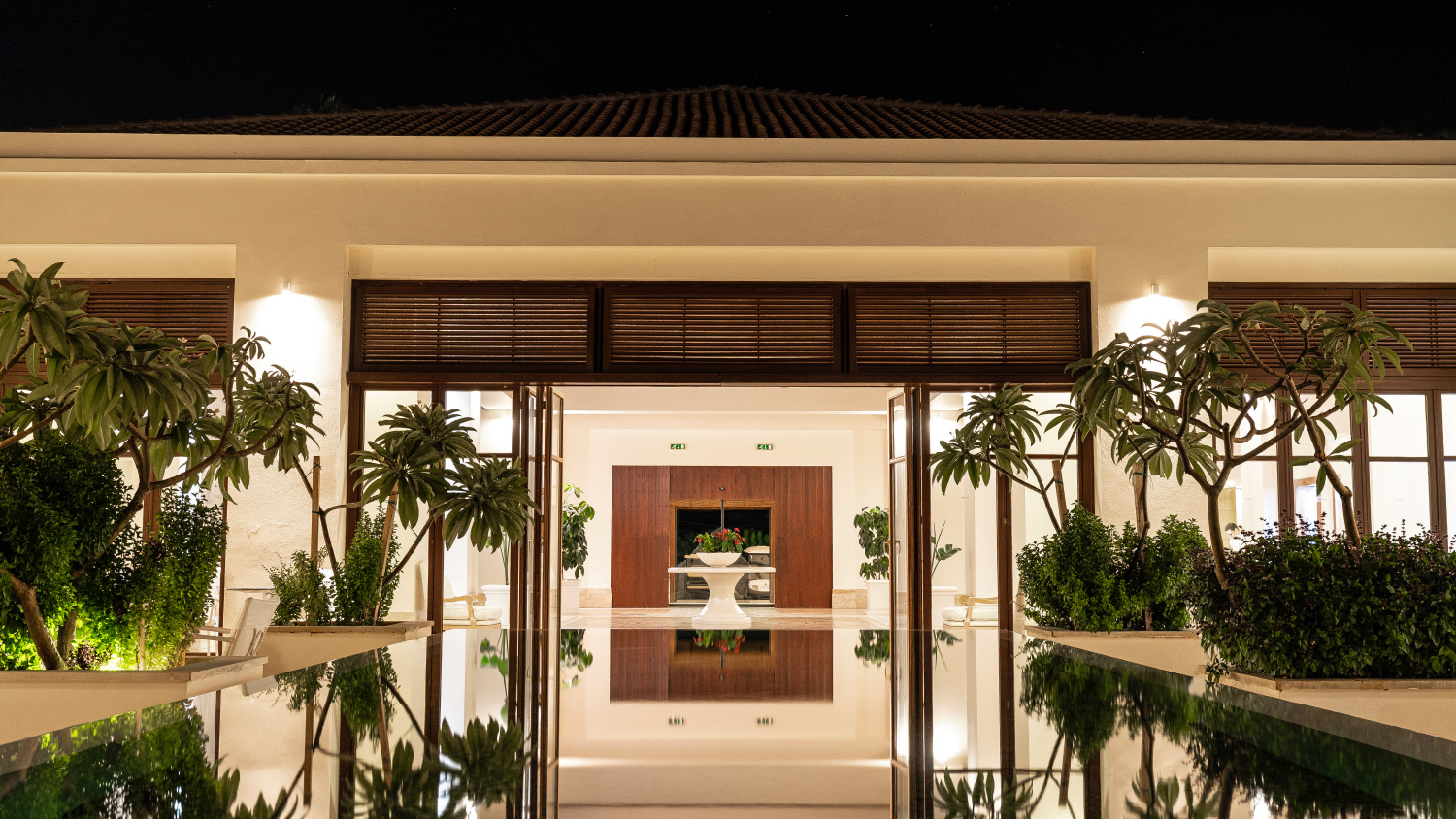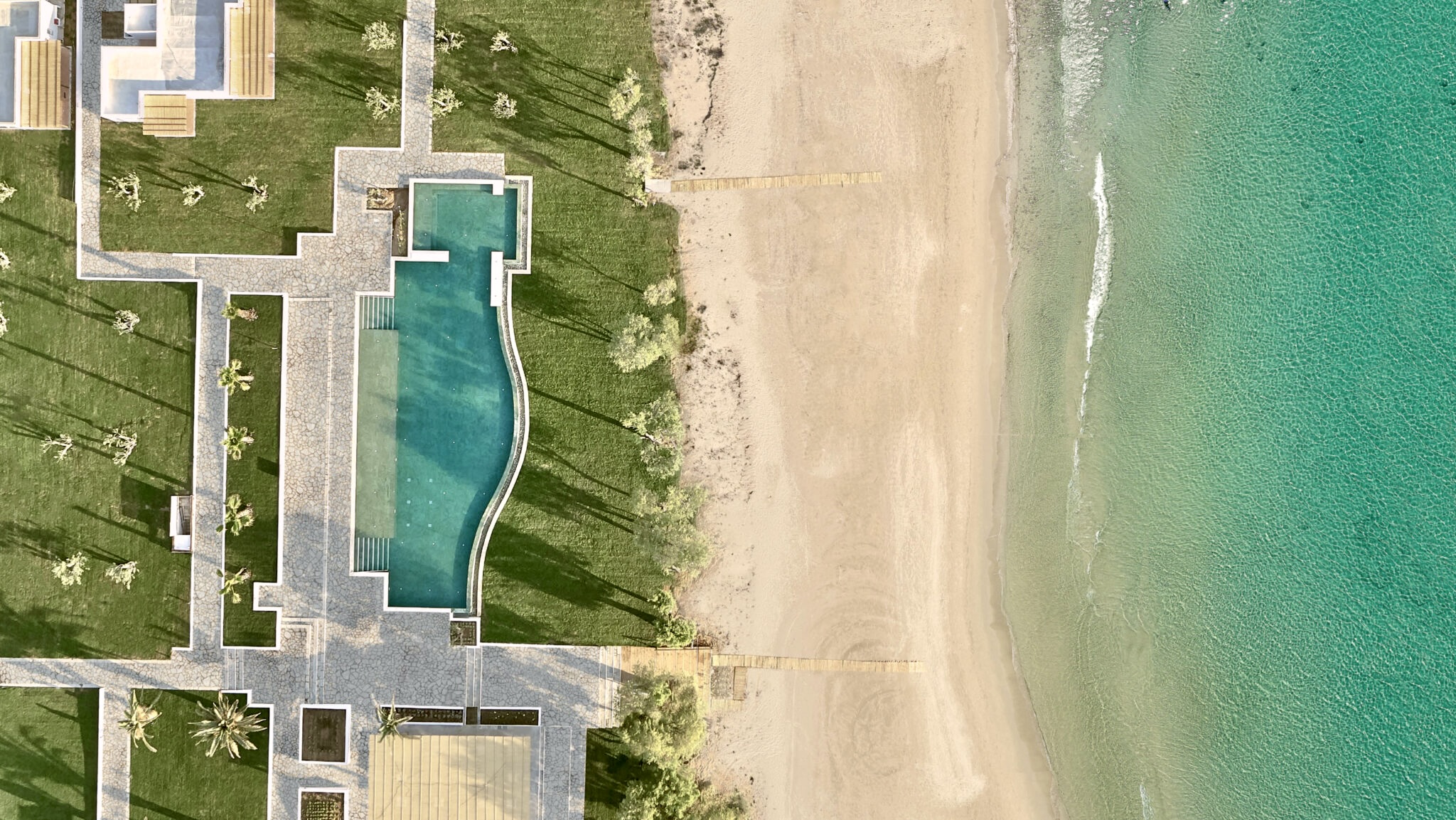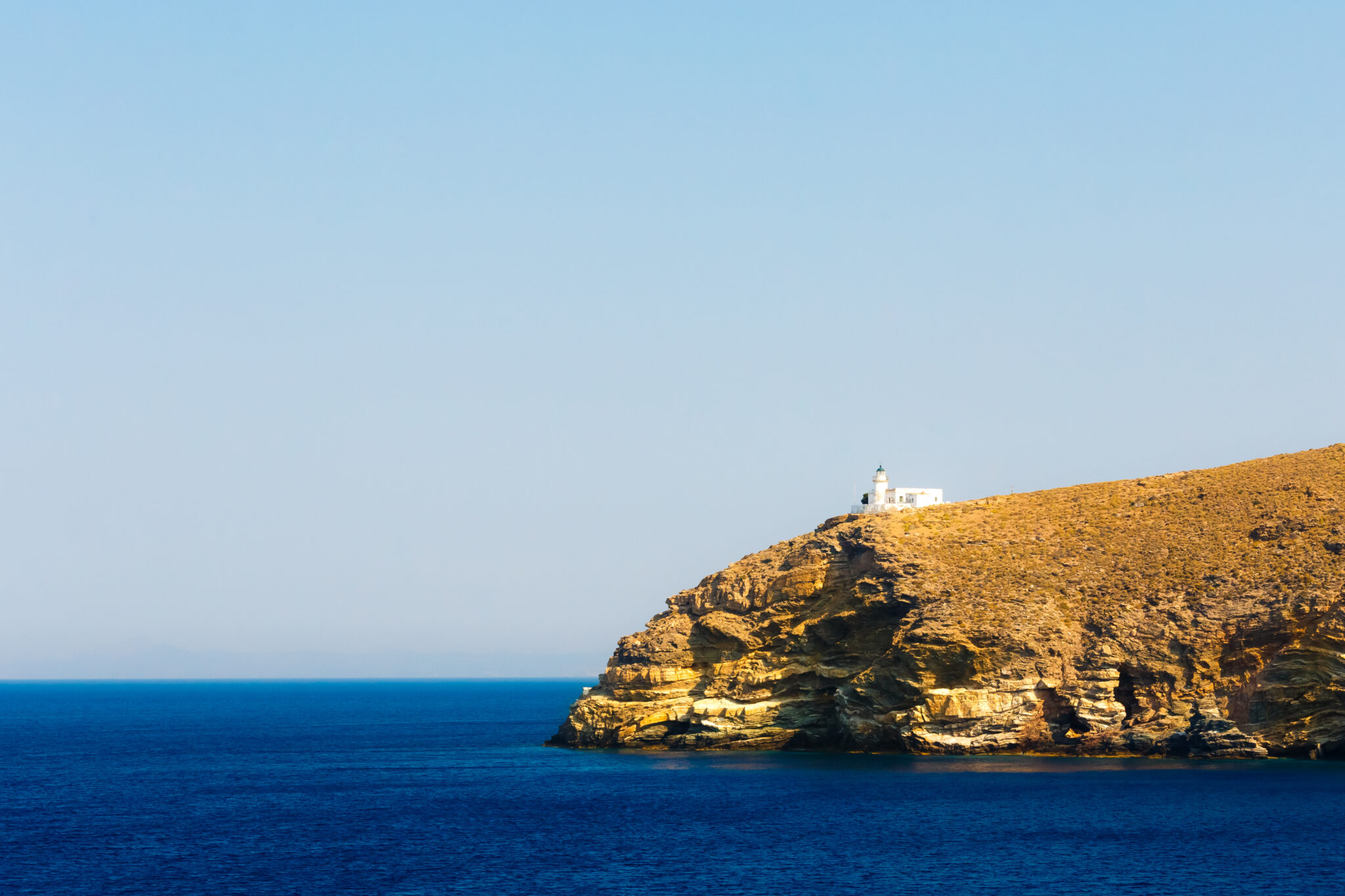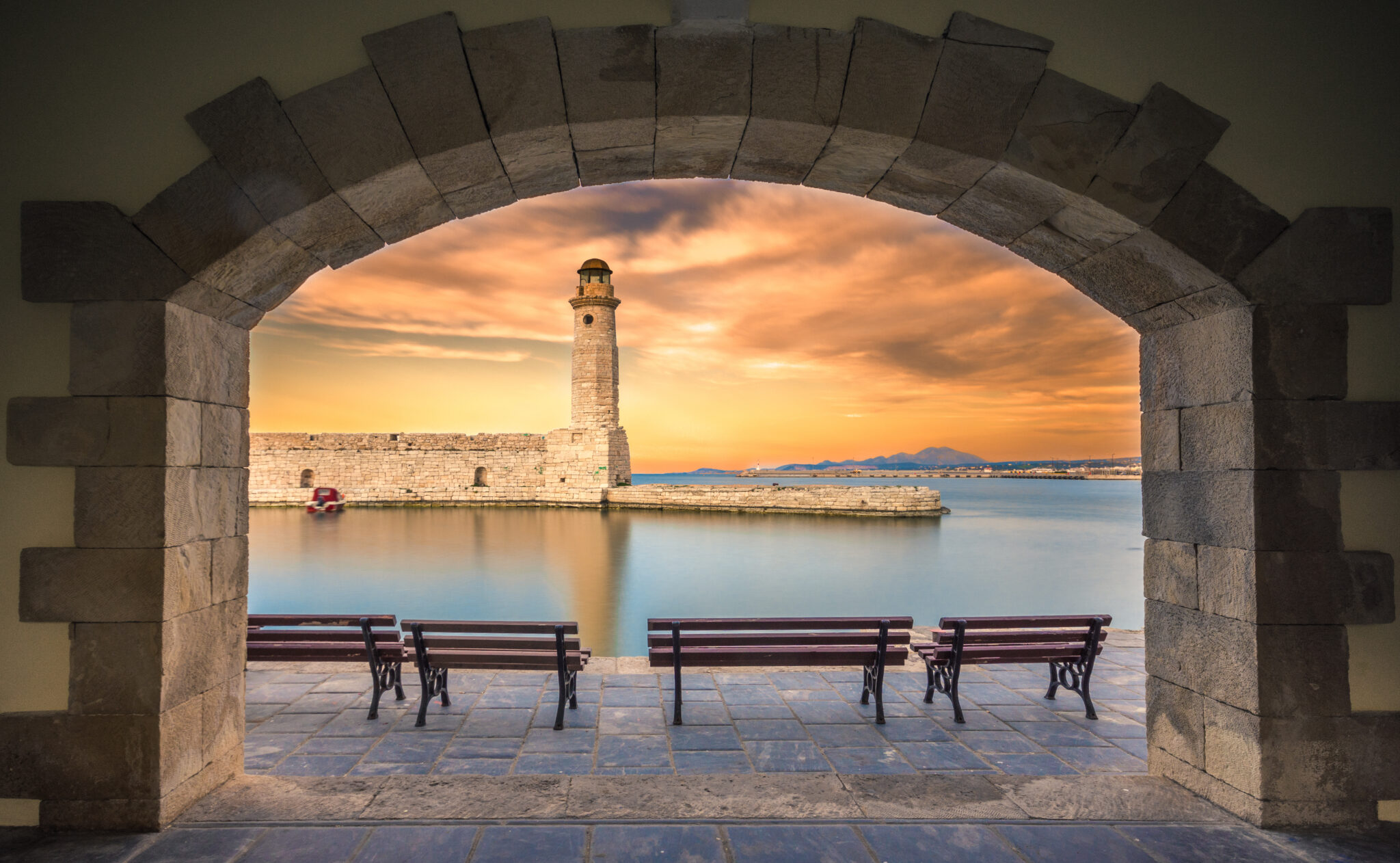With 4,000 years of recorded history, archaeological sites scattered across its vast expanse, and well-preserved medieval monuments highlighting its unique architectural identity, Kos is a museum unlike any other. Despite significant tourist development in modern years, the island has stubbornly maintained an undeniable distinctiveness.
It’s the deep azure blue that emerges everywhere, with endless beaches ranging from secret and up-and-coming to popular and tropical. The modern town, with its continuously upgraded infrastructure, offers an intriguing mix of tourist resorts, seaside villages, and picturesque towns. Kos is blessed with an evolving gastronomy and a romantic aura, whether you’re watching the sunsets on horseback along its vast sandy shores or strolling at dusk in the cosmopolitan marina. These elements complete the unique and captivating profile of the island of Hippocrates.
Why Visit Now
The immense popularity of tourist resorts like Marmari, Psalidi, Mastichari, Tigaki, and Kardamena brings inevitable crowds in the heart of summer. Thus, June is ideal for experiencing the island at a more relaxed pace and visiting the bustling archaeological sites in more tolerable temperatures.
The end of the month also marks the beginning of a season rich in traditional festivals, proving that Kos knows how to celebrate and have fun, with dancing and generous hospitality. The festivities kick off with the festival of Agios Ioannis Klidonas on June 23rd in Pyli, a village almost untouched by time, embraced by olive trees and offering cool respite with its abundant springs.
A few days later, in Antimacheia – renowned for its musical and dance traditions – celebrations for the Holy Spirit and the feast of the Holy Apostles (June 30th) take place, adding to the island’s vibrant festive atmosphere.
What to Do
On the third largest island of the Dodecanese, the plethora of experiences and activities is such that it’s worth dedicating ample time to explore. However, if your days are limited, focus on the elements that interest you most: historical sites that narrate the island’s long cultural heritage, developed resorts, or traditional inland villages, endless beaches, and an enticing exploration of the island by sea.
Exploring the friendly capital and main port of Kos, you’ll encounter a captivating mosaic of medieval monuments, Muslim mosques, restored ancient buildings, island-style houses, parks, bustling squares filled with restaurants and cafes, and wide streets – like the palm-lined avenue – favored by pedestrians and cyclists alike. The journey begins at the medieval Castle of Neratzia and its imposing walls, dating back to the time when the Knights of St. John ruled the island. This is the view that greets those arriving by ferry, and when illuminated, it adds a special magic to the city’s summer nights. Remnants of the medieval era are scattered throughout, from sections and towers of the walls to the house of the Knight Commander Francesco Sans and medieval churches.
The harbor and squares teem with life. At the harbor, a stroll among the moored boats and restaurants is enchanting, while at the central Eleftherias Square, you’ll find the city’s most significant landmarks: the Municipal Market, the Club, the Archaeological Museum built in imitation of Roman baths, and the Defterdar Mosque.
Loggia Square is home to a mosque, where the heart of the city once beat, shaded by the foliage of the Plane Tree of Hippocrates, a living and much-loved monument of Kos, said to have been planted by the father of medicine himself. Cool off in its shade, drink from the fountain at its base, and then continue your journey through time at the significant archaeological site of the Agora, which in the 4th century BC was the commercial and social center of Kos, as well as the artifact-rich Western Archaeological Zone. The Roman Odeon of the 1st century AD is also excellently preserved, near which lies the famous Casa Romana, likely the home of a wealthy family, adorned with magnificent floor mosaics.
Venturing beyond the city, a visit to the Asklepion, dedicated to the god of medicine, is a must on any trip to Kos. This monumental complex, dating back to the 4th century BC, was already famous in antiquity, partly due to the medical school founded by Hippocrates on the island, laying the foundations for scientific medicine. Among other highlights, the Ionic and grand Doric temples of Asclepius inspire awe, while the view of the sea from the lush hill, just 3.5 kilometers from the capital, is breathtaking.
Nearby, time seems to play tricks in Platani, the village of Kos’s Muslim community, offering an interesting gastronomic stop thanks to the blend of Turkish and Greek flavors. The traditional village of Kefalos, the island’s ancient capital, will remind you that you are on an island with its whitewashed colors and narrow streets, and will delight you with the beautiful beach of Agios Stefanos and the sight of the small islet of Kastri with its blue and white chapel opposite.
As for the villages hosting festivals, in Antimacheia, you can visit the Antimachian House where local tradition is revived, the operational windmill, and the famous medieval castle. In Pyli, with its stone-built houses and the beautiful church of the Presentation of the Lord, you can rest in a traditional cafe after a stroll in the ruins of Old Pyli, where the view of Kalymnos and Pserimos across the water is sublime. Here, you can also purchase the delicious “krassotyri” cheese from Giannis Panagiotis’s Dairy, which keeps alive the tradition of one of the island’s most characteristic products.
And since June without swimming is simply unimaginable, Kos generously has a postcard-worthy coastline, characterized by beaches over a kilometer long, that caters to all preferences: a cosmopolitan atmosphere, surfing and kitesurfing in Psalidi and at Marmari – at the latter, as well as in Mastichari with its white sand, you can enjoy playing in the waves. The famous Camel Beach in Kefalos stands out with its black sand, while Paradise and Lagada confirm the reputation of the southern part’s golden sands. At Tigaki, you can swim against the backdrop of the sunset, while nearby Agios Fokas will tempt you to dive into its deep waters or stay late for cocktails at the beach bars.
Where to Stay
A resort as unique as Kos itself, the renewed LUXME Kos Imperial resembles an exotic paradise spread across 100 acres on the island’s northeast, between Agios Fokas and Psalidi. The sea breeze, accompanied by the sight of sailboats and fishing boats crossing the Eastern Aegean, reaches the enchanting gardens filled with towering palm trees, manicured lawns, and fragrant flowers. At the heart of the resort is an impressive lagoon-style pool.
This is an experience of luxurious accommodation so meticulously designed in every detail that it pleasantly surprises and elevates your vacation – no matter how short – into a delight for all the senses. You’ll enjoy tailor-made activities that maximize your time and the ‘What’s Up’ and Grecotel Mobile Apps that provide instant access to the courteous and welcoming staff of Kos Imperial, as much as the white linen tablecloths in dining areas and the pillow menu in the comfortable rooms, bungalows, suites, and villas – some with private pools.
The hours on the pebble beach pass easily between relaxation and water sports under the supervision of specialized staff, while the resort’s activity selection includes unique, personalized experiences. Imagine enjoying a floating breakfast tray in your private pool, private yoga and meditation classes, a gourmet meal aboard a boat, or a romantic dinner by the sea. You can also take a tour of the island for you and your family by yacht, catamaran, or sailboat, and of course, indulge in beauty treatments at the Elixir Spa.
In the serene and dazzling space of the Elixir Spa, inspired by the mosaics of Casa Romana, you will truly feel that you are in the birthplace of Hippocrates. Here, you can immerse yourself in sophisticated care rituals inspired by ancient philosophy, relaxation aromatherapy, the wellness offered by jacuzzi, sauna, and steam bath, or the unparalleled rejuvenation sensation of a massage.
And if you’re wondering what more you could ask for from such a complete vacation package, the answer lies in the nine excellent dining venues at LUXME Kos Imperial, which establish that for the leading hotel group, gastronomy and tourism are two sides of the same coin. Beyond the experience of dining around the serene Lagoon Pool with the rich delicacies of the eponymous restaurant, the fine dining experience of Mediterranean degustation menus at the refined Finicia, the culinary journey to the Far East with the exotic flavors of Asiana, the joyful aperitivo hour or the beloved classic Italian flavors from 1930 and irresistible sweet temptations from the Creperie and Gelateria that can be enjoyed next to one of the six pools, this year the spectacular resort also introduces you to high-end seafood dining with the fresh arrival and enticing flavors of Lobsteria Restaurant & Bar.
Nothing could be more fitting for a fulfilling island trip that meets every desire, especially in one of the most impressive getaways in our country.
grecotel.com/luxme-kosimperial
(5% discount on bookings through the Grecotel app)



